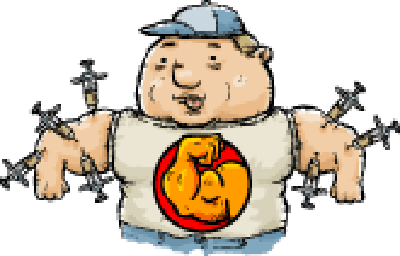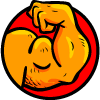Embroidery is the handicraft of decorating fabric or other materials with needle and thread. Embroidery may also incorporate other materials such as metal strips, pearls, beads, quills, and sequins. Embroidery is most often used on caps, hats, coats, blankets, dress shirts, denim, stockings, and golf shirts. However, custom embroidery can be used on virtually any type of material, unless it can’t fit in the hoop or the material does not lend itself to a good stitch. For example, the material may be too thin or lightweight. Embroidery is available with a wide variety of thread or yarn color.
The development of machine embroidery and its mass production came about in stages in the Industrial Revolution. The earliest machine embroidery used a combination of machine looms and teams of women embroidering the textiles by hand. This was done in France by the mid-1800s. The manufacture of machine-made embroideries in St. Gallen in eastern Switzerland flourished in the late 1800’s.
The fabrics and yarns used in traditional embroidery vary from place to place. Wool, linen, and silk have been used for thousands of years for both fabric and yarn. Today, embroidery thread is manufactured in cotton, rayon, and novelty threads, as well as in traditional wool, linen, and silk. Ribbon embroidery uses narrow ribbon in silk or silk/organza blend ribbon, most commonly to create floral motifs.
With surface embroidery, an embroidery hoop or frame is most often used to stretch the material to ensure even stitching tension that prevents pattern distortion. Many forms of surface embroidery make use of a wide range of stitching patterns in a single piece of work.
Much contemporary embroidery is stitched with a computerized embroidery machine using patterns digitized with embroidery software. In these type of machines for embroidery, different types of “fills” add texture and design to the finished work. Machine embroidery is used to add logos and monograms to business shirts or jackets, gifts, and team apparel as well as to decorate household linens, draperies, and decorator fabrics that mimic the elaborate hand embroidery of the past.
There has also been a development in free hand machine embroidery. New machines have been designed that allow for the user to create free-motion embroidery which has its place in textile arts, quilting, dressmaking, home furnishings and more.
If you, your organization, or your company are in St. Louis and are entertaining custom embroidery for shirts, jackets, hats, etc., please give us a call. We also are leaders in the industry for custom screen printing and digital printing on textiles. We have been in this business for over 20 years and have the expertise to give you an excellent end product with a great, fair competitive price and of course, great customer service.



